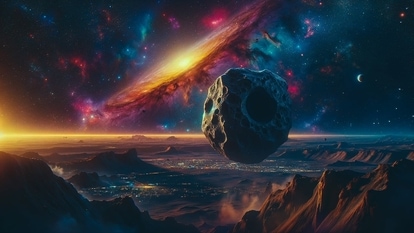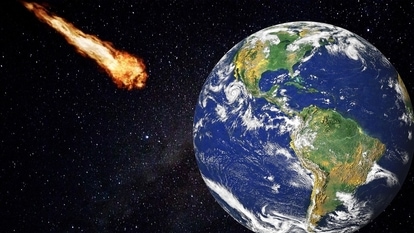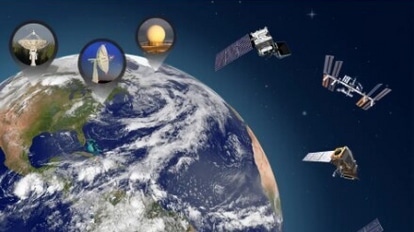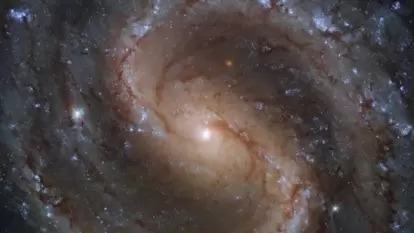Terrifying solar storm stopped oil rigs from working! How this Tech Terror was unleashed
Shockingly, Earth suffered the wrath of a powerful solar storm that forced oil rigs in Canada to stop operations.





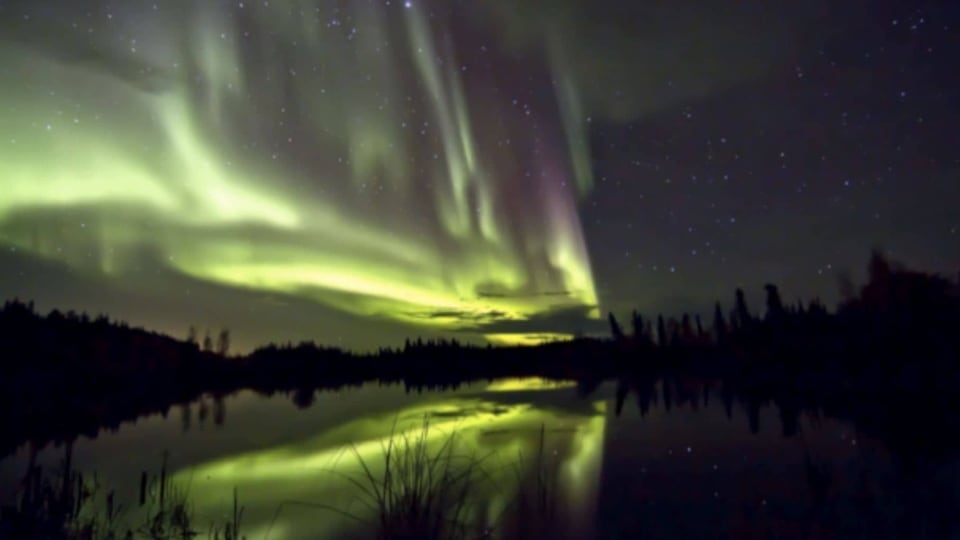
 View all Images
View all ImagesThe severe impact of a solar storm is something astronomers still do not understand fully. In most instances, they are limited to brightly colored curtain-like structures in the sky known as auroras. In some instances, they can also cause radio blackouts affecting drone pilots and aviators. But in some situations, their effect can be extremely devastating. In 1859, telegraph machines gave electric shocks to operators and functioned even when not plugged in after a solar storm struck. And just a month ago, Canadian oil rigs were forced to close operations for the first time in years after a solar storm.
The incident in 1859 is now famously known as the Carrington event, one of the worst recorded solar storms in history. But the incident on February 27 in Canada was not an extremely powerful storm. NOAA described the geomagnetic storm as a category G3, which is just about moderate.
Oil rigs disrupted as solar storm strikes
According to a report by Space.com, a Canadian exploration geologist Chris Mason revealed that an oil drilling rig in Saskatchewan, where he was working, had to be temporarily shut down due to the solar storm for the first time in 30 years.
“I've been a wellsite geologist for close to 30 years and last night/this morning was the first time that we briefly suspended drilling operations due to a solar storm. Multiple rigs were affected in the area (SE Sask). The electronics in the tool that tells us which direction and inclination the drill bit is going was receiving so much interference from the storm that its readings were unreliable,” he said.
It was later explained that the oil rigs had to stop operations because of GPS disruption and high geomagnetically induced currents (GIC) fluctuation. Space weather physicist Dr. Tamitha Skov said in a Facebook post, “Oil rigs needing to suspend drilling due to Space Weather! These kinds of things are very common during big events like the G3-level solar storm we are in now. GICs reached several volts per km at times last night plus GPS signals scintillate under aurora, which we can see right there in the picture. Those things combined can cause major issues for many drilling operations because they rely on precise magnetometer measurements and precision GPS, especially those at high latitudes”.
She also added that power grids in Canada and the USA were also dealing with GICs. The concerning bit is that this is clearly not the worst we have experienced this year. The Sun is rapidly approaching the peak of its solar cycle, which will arrive by 2025, and till then the intensity of solar storms are going to continuously increase. How badly these GICs can affect us is only something time will tell.
Catch all the Latest Tech News, Mobile News, Laptop News, Gaming news, Wearables News , How To News, also keep up with us on Whatsapp channel,Twitter, Facebook, Google News, and Instagram. For our latest videos, subscribe to our YouTube channel.





